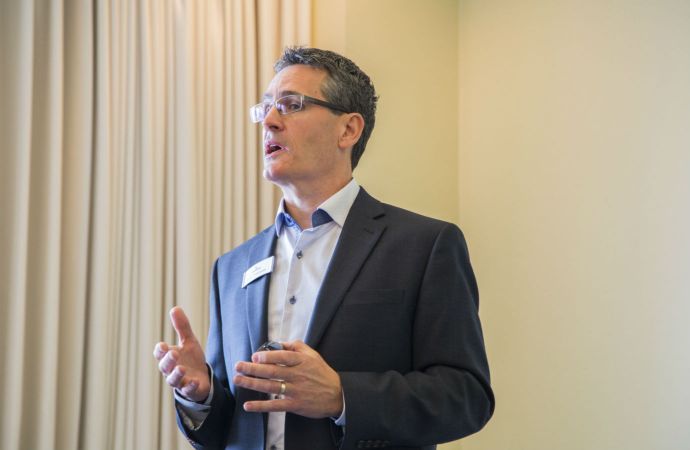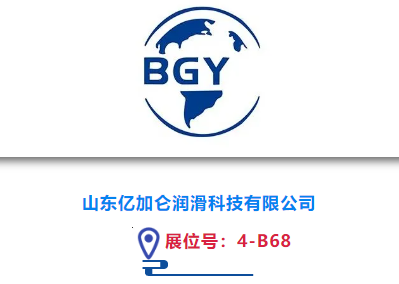
Photo credit: Ben Beech.
Safe, environmentally friendly, economical and reliable, Emerson’s André Patenaude argues that CO2 should be the prime candidate for large-format food retailers.
The large-format food retail market has always been at the leading edge of refrigeration technology. After all, these grocery and supermarket chains must continually deliver the fresh foods that feed much of the global population.
Market drivers and regulations in recent years have added sustainable refrigeration to the list of priorities for large-format retailers.
Among the natural refrigerant alternatives able to meet the need for advanced, environmentally friendly centralized systems, CO2 (R744) leads the pack
Offering zero ozone depletion potential (ODP) and a global warming potential (GWP) of one, CO2 is often considered the environmental standard by which all other refrigerants are measured. In a regulatory era when chlorofluorocarbons (CFCs) and hydrofluorocarbons (HFCs) are being phased out due to their negative environmental impacts, CO2’s benign environmental profile has led to a broad global uptake in large-format refrigeration applications.
In addition, CO2 has neither the flammability nor toxicity challenges posed by other natural refrigerant alternatives, providing an additional comfort level for consumer-facing refrigeration applications. As energy efficiencies and the reliability of CO2 refrigeration systems rise, system costs are falling to levels typically found in traditional HFC systems. For these reasons, CO2 has become the natural refrigerant of choice for large-format food retailers.
Global adoption on the rise CO2 refrigeration systems were originally introduced in Europe nearly two decades ago and have since moved into other regions around the globe. Today, CO2 adoption has migrated from Europe to Japan and North America.
The number of CO2 stores in the EU, Norway and Switzerland has tripled in the last three years to 9,000, representing 8% of the overall food retail market share in these regions.
In North America, with more than 410 installations, retailers are still in an experimental ‘trial’ phase to see how CO2 — and other natural refrigerants for that matter — can be used in their facilities, and across varying climatic zones.
For those U.S. retailers who have begun the transition to CO2 refrigeration, the benefits are obvious. New Seasons Market, for example, is a Northwestern grocer based in Portland, Ore., whose first CO2 system delivered on its green promise.
When the retailer opened a new store in a location previously owned by another grocer, it installed a CO2transcritical booster system to replace the existing HFC system. The transition earned the store a GreenChill Platinum Certification award for green refrigeration and delivered the following improvements:
- Up to 30% lower total equivalent warming impacts (TEWI)
- 95% fewer refrigerant emissions
- Smaller refrigeration footprint
New Seasons has plans for CO2 installations in other stores.
Operating costs and architectures
The steady increase in global CO2 refrigeration adoption has led equipment and component manufacturers to not only increase production, but also make continued investments in research and development to refine CO2technologies. These economies of scale are helping to lower CO2 system costs and reduce complexities for end users and service technicians alike.
CO2 training – both formal and hands-on types – has also greatly improved as the industry becomes much more familiar with CO2 architectures and performance characteristics. Even refrigeration consultants are becoming well-versed in CO2 systems and can make more educated recommendations.
Unlike HFC systems, CO2 system requirements introduce the need for additional electronic components for refrigeration cases, including: a case controller, pressure transducer, temperature sensor and electronic expansion valve. While these components may contribute to increased system costs, case controllers provide end users with precise temperature controls and ongoing, optimized energy efficiencies.
Food retailers seeking to make the move to CO2 refrigeration have two primary system types from which to choose: CO2 transcritical booster and cascade systems. A closer look at each option may help you decide which is a better fit for your operation.
André Patenaude is director-CO2 business development, Emerson Commercial and Residential Solutions (which now incorporates Emerson Climate Technologies). He was selected last year as one of Accelerate America’s 25 Movers & Shakers driving adoption of natural refrigerants.






















